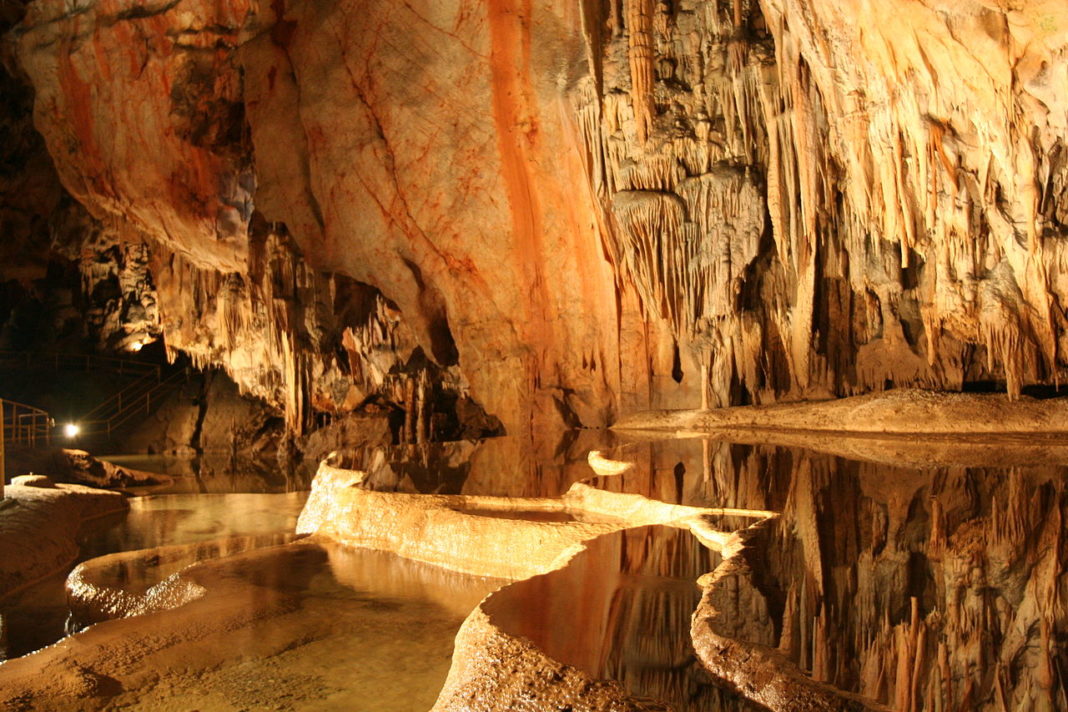The Caves of Aggtelek Karst and Slovak Karst is a UNESCO World Heritage site consisting of 712 caves spread out over a total area of 55,800 ha along the border of Hungary and Slovakia.
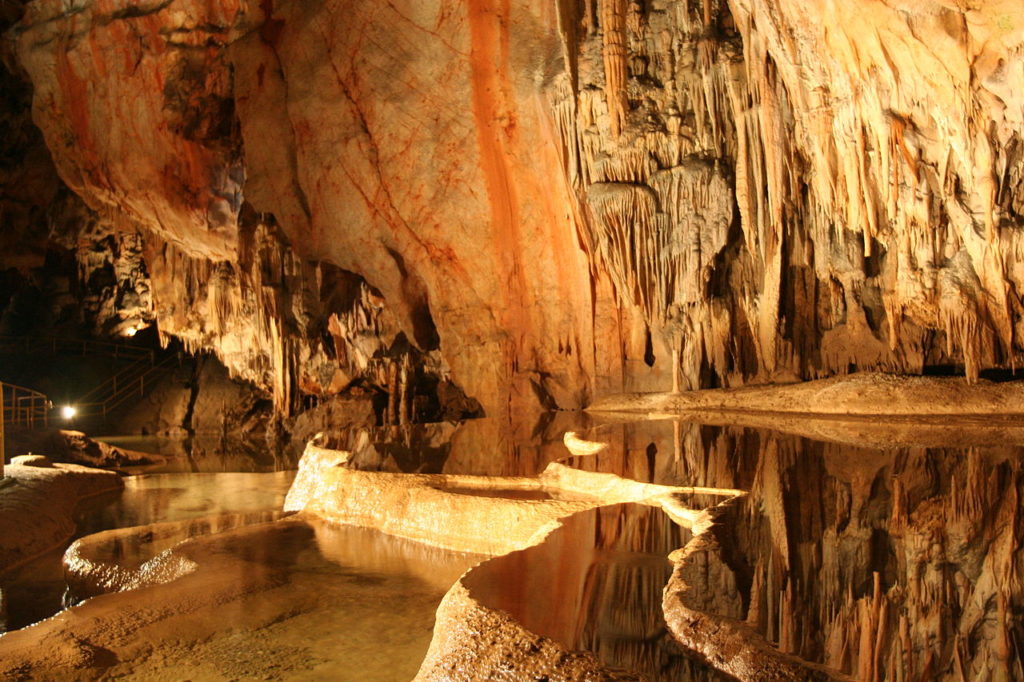
Today more than 1000 caves are known. Karst processes have produced a rich diversity of structures and habitats that are important from a biological, geological, and paleontological point of view. While the karst continues to develop in mountains of medium height and under temperate climate conditions, sediments, and fossil landforms provide ample evidence of Late Cretaceous and early Tertiary subtropical and tropical climatic conditions as well as periglacial denudational activity during the Quaternary.
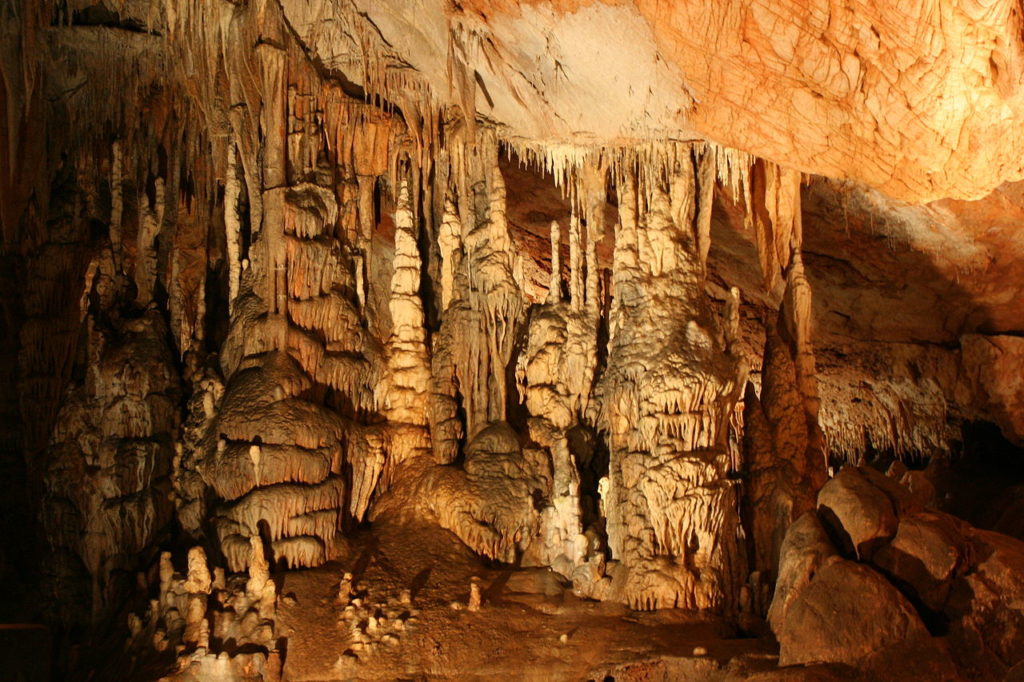
Shaped over tens of millions of years, the area provides an excellent demonstration of karst formation during both tropical and glacial climates, which is very unusual and probably better documented here than anywhere else in the world.
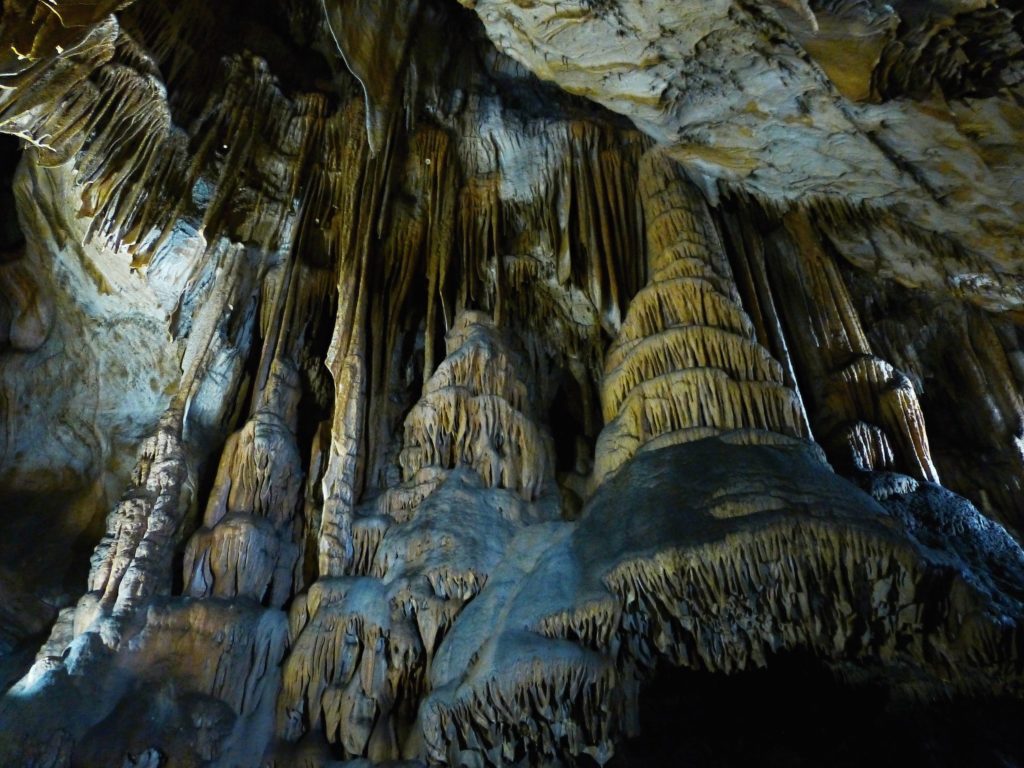
The most significant cave system in the property is that of Baradla-Domica, a cross-border network richly decorated with stalagmites and stalactites, which is an important active stream cave in the temperate climatic zone and a Ramsar site. Also worth mentioning is the Dobsina Ice Cave, one of the most beautiful in the world.
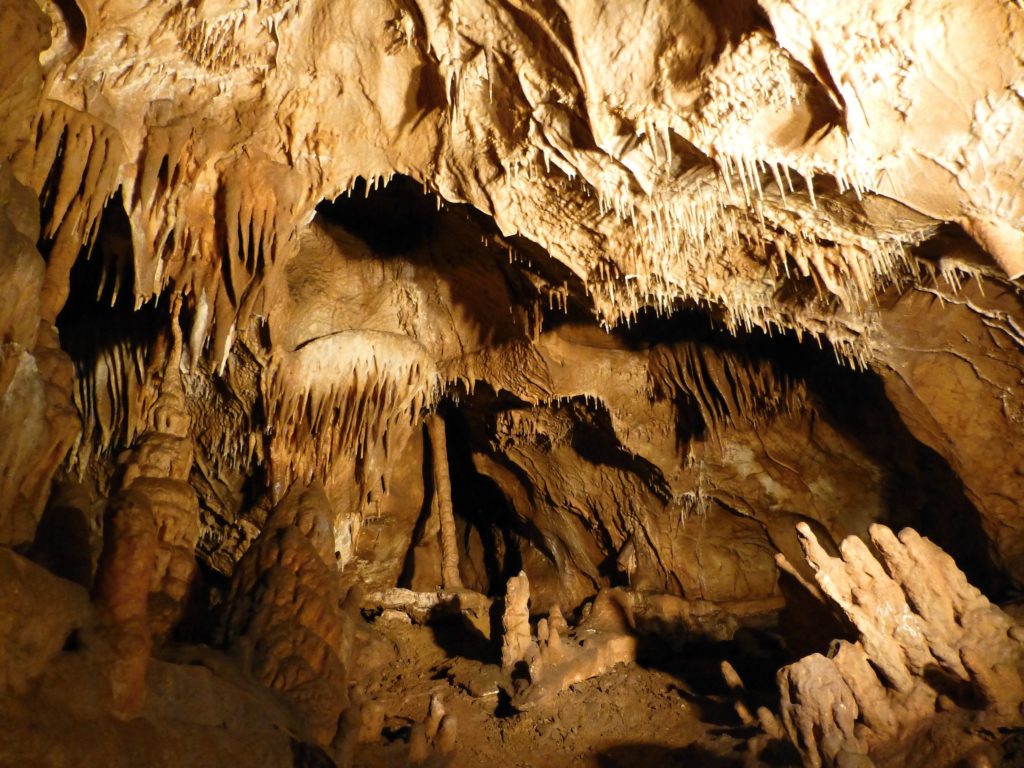
Among the ice-filled caves in the property, the Silica Ice Cave is located at the lowest latitude within the temperate climatic zone. The close proximity of many different types of caves of diverse morphology, including vadose and epiphreatic stream caves, vertical shafts, and hypogenic or mixing corrosion caves, as well as important archaeological remains, makes the property an outstanding subterranean museum. Its ecosystems provide habitat for more than 500 troglobiont or troglophil species, including some which are endemic. The interactions between geological karst processes occurring on the surface with those occurring beneath make this area a natural field laboratory.
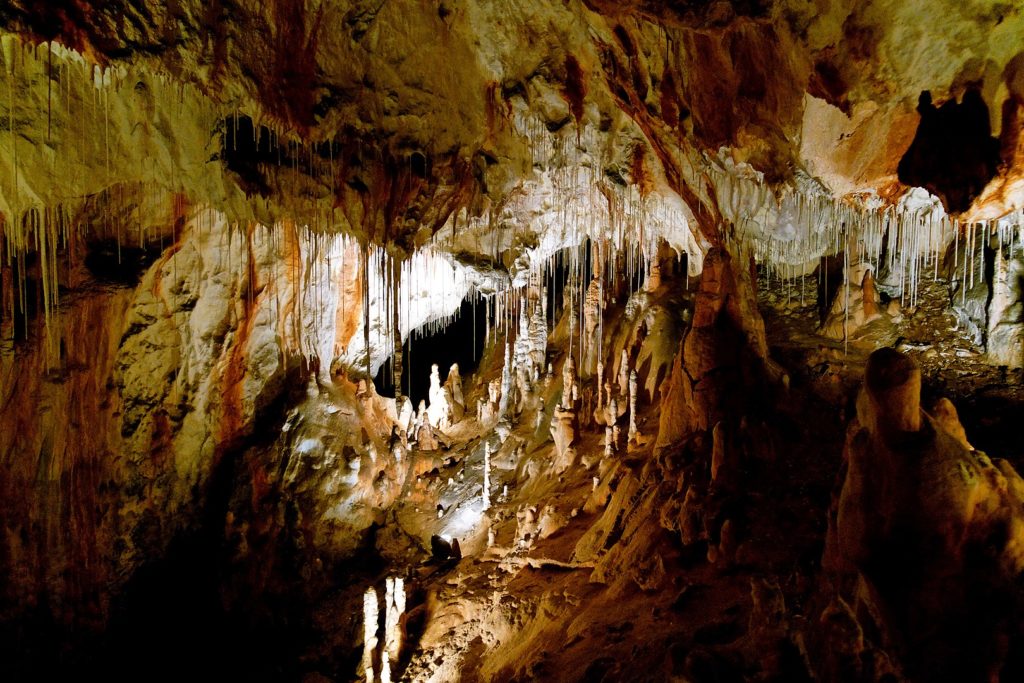
According to the Internet





